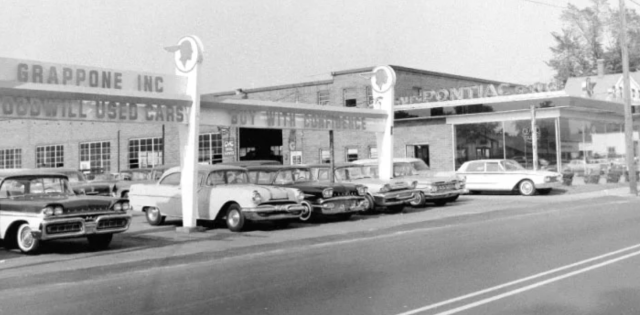The difference between dreaming of lofty goals and achieving them is action and planning.
Most people don’t achieve their goals. Why? We were told to dream big when we were children, but we were never taught how to set goals and execute them to achieve those big dreams. Hard to believe, right?
Additionally, not only do those who set goals have success, but they are more likely to have employees who are engaged with work.
A recent Gallup study showed a wide variance between the level of engagement among employees based on their answer to a simple question: Do you strongly agree or strongly disagree that your manager helps you set performance goals and holds you accountable for your performance?
Results showed employees who answered the question with ‘strongly disagree’ were only 8% engaged. Those who answered with ‘strongly agree’ were 69% engaged.
No one can achieve their most challenging goals without help. We all need support and assistance from our managers, peers and our team of employees to ensure our success. That’s why it’s not only important to learn how to set goals for yourself, but to achieve them you should assist your employees in doing the same.
Let’s back up to dreaming about potential success. It’s fun, and a great place to start when identifying goals for yourself and employees. Goal achievers know how to take their dreams to the next level. They set goals, communicate goals and hold themselves and others accountable for achieving those goals.
Here are my seven steps to achieving your goals:
Step 1: Dream your greatest vision of success in your current role and write it down.
Step 2: Develop three to five goals that will be required to help you achieve this vision.
Step 3: Make sure your goals are:
- Specific (use verbs such as increase to, grow, complete, develop and implement, etc.) For example: Grow new car sales by 20% focusing on an area of greatest market share opportunity;
- Quantifiable and Measurable (use numbers and percentages);
- Realistic but challenging to achieve; and
- Timebound and have a clear date and time to meet a deadline. (Do not use “as soon as possible” or “to be determined.” Use real dates and times.)
Step 4: Identify all tasks required to achieve the goals and write them down.
Step 5: Communicate your goals to your manager, peers and to your team.
Step 6: Develop related goals for your individual team members that will support your success for reaching your own goals. Set daily, weekly or monthly goals for individual team members so they are manageable.
Step 7: Track and communicate progress towards success. This is an important step, so be sure to track progress in multiple ways: visually, kinesthetically and verbally. This might sound like overkill, however, this is the best way to ensure you are reaching all stakeholders in ways they will become engaged and stay engaged to achieving their goals successfully.
What do I mean by visually, kinesthetically and verbally?
Visually – Use charts, reports, timetables, graphs, symbols, calendars and handouts to track your progress. Put these tracking tools on a whiteboard, corkboard or poster for all your stakeholders to see every day. This is a great tool for engaging your employees who learn visually.
Kinesthetically – When creating your visual tracking tools, allow space for you and your stakeholders to manually fill in the tasks achieved. This will engage employees who require hands-on involvement and reminders to keep them engaged.
Verbally – Sharing your goals verbally with all stakeholders in regular meetings will engage employees and stakeholders who are verbal learners.
When I worked for a large dealer group with 22 stores, my vision and goals were as follows:
Vision: To be known as the store that hires and trains the most employees who become successful and are promoted to work at our other dealerships.
Goal 1: Hire five individuals each quarter of the calendar year who fit our company’s culture and vision.
Goal 2: Train and develop new hire employees with a comprehensive customer service, product, technology, communication and teamwork-oriented training program during their first 90 days of employment.
Goal 3: Develop a skills assessment checklist to benchmark the progress of the new hires weekly over their first 90 days of employment.
Goal 4: Implement a weekly process of skills assessment for the new hires by rotating the responsibility of assessments throughout the management team and high potential department employees.
You now have the recipe for success to elevate your dealership’s performance through staff training and development. Learn more by attending NADA's all-new Professional Series program--I hope to see you there!
It’s never too late to set goals!
As a former general manager and president of a dealership group and a Ford Motor Co. district manager, Munson brings a wealth of experience to the NADA Academy. As an instructor, she leads NADA’s Professional Series, which offers training programs exclusively for future dealership managers in sales, office, service, and parts.










